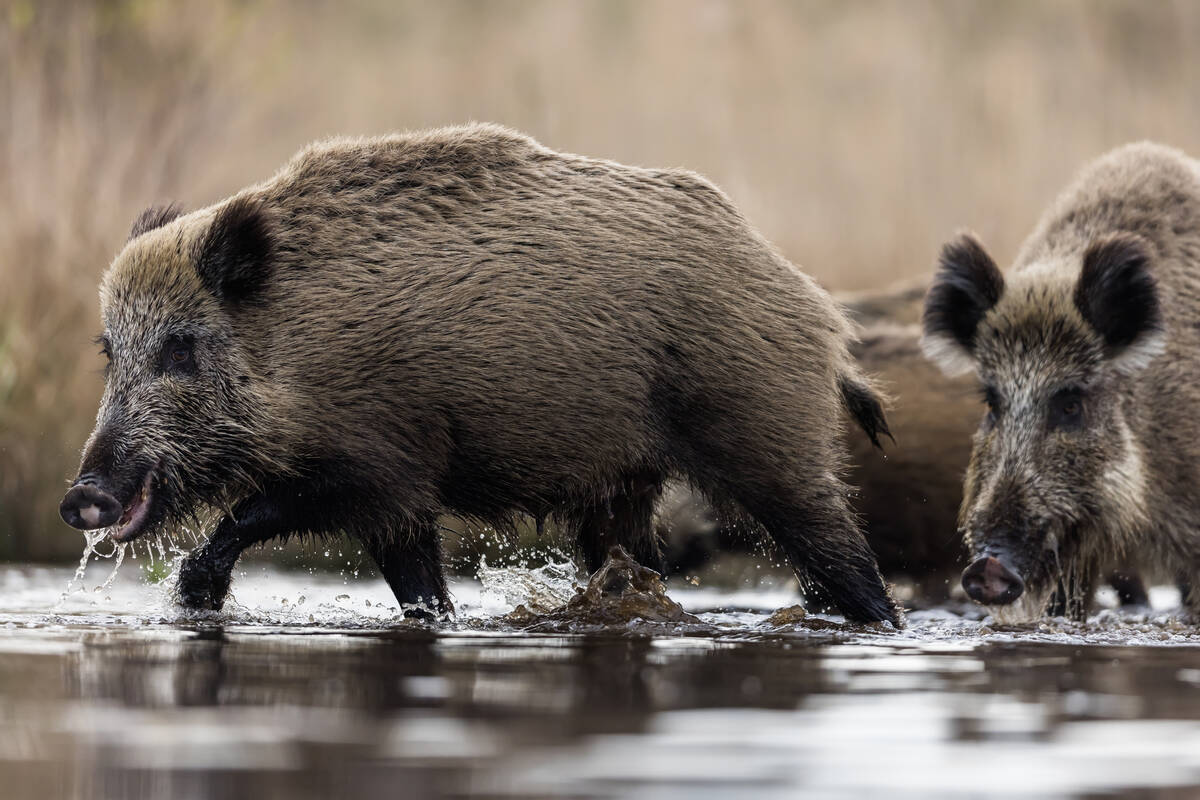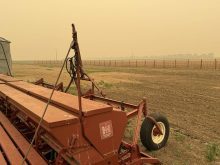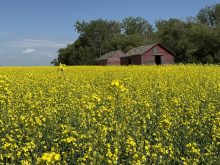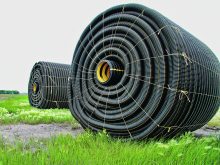Apps and satellite services have digitalized the job, but many still prefer to estimate crops up close and personal
LETELLIER, Man. — When it comes to estimating corn crops, Louise Carduner knows there’s an app for that.
But she isn’t about to use it.
“These are the nicest ears I’ve seen,” Carduner burst out enthusiastically while stripping a fat cob of corn in a field bordering the Red River south of Winnipeg.
Carduner was on the fourth day of a Manitoba-Saskatchewan one-woman corn crop tour in which she visits farmers’ fields in all major corn-growing regions of the eastern Prairies.
Read Also

Manitoba bans wild boar possession
Manitoba has tightened the regulatory status of Eurasian wild boar in an effort to help fight back against invasive wild pigs.
The farmers are her clients, but she isn’t an agronomist. She is a grain broker and even during this week-long crop tour, she is getting farmers into contracts and dealing with buyers every morning before she jumps in her truck and hits the road.
There are apps and other digital tools to estimate crop yields, satellite services that look down on crops and drone-based systems that can provide a good guess about yield.

However, Carduner and many in the North American agriculture industry prefer to estimate crops up close and personal, inside the fields and by physically holding the crop. She uses a rope, a random selection of ears within the crop, measurement of cob length and kernel row counts, and then a bunch of math.
It’s a modified form of the corn-counting template used on the U.S. Pro Farmer Crop Tour, which crosses the U.S. corn belt and is avidly followed by traders and farmers around the world. Its estimates of potential corn yields can move the markets.

Carduner’s personal tour isn’t designed to offer insights to the market about the western Canadian corn crop. She does it to give her clients a good estimate of their coming crop so they can make marketing and storage decisions and see how they compare to other farmers.
She sends an individual assessment to each farmer whose fields she visits, keeps their information private, but gives them general assessments from her tour.

“I’m going to cry,” said Carduner, when some ears on Gaetan Fontaine’s farm have 20-kernel rows, which is as good as the best fields she saw in Nebraska and Iowa this summer.
Carduner is passionate about corn. She says many of her clients are the same, and the ones with the most passion for corn tend to do the best.
“You have to have passion for what you’re doing in order to get the most from what you have,” she said, as she pushed her way through stalks that towered above her, moving deep into the field to get an accurate sense of this crop. She won’t measure anything less than 30 rows from the field edge.

This September, she has seen crops near Portage la Prairie that have a 300-bushel per acre potential. (Due to harvest losses, the in-the-bin yield will be less.) Many crops are estimated at more than 200 bu. per acre.
The average Manitoba crop is much less than that, and well below the American average of more than 180 bu. per acre.
This northern extreme of the corn belt isn’t ideal, but if treated well and given a northern Plains rotation, there is no reason eastern Prairie crops can’t knock it out of the ballpark in good years like this.
“If we get the moisture and the heat, we can get a beautiful result,” said Carduner, before packing up her estimating gear and heading for the next field.
















